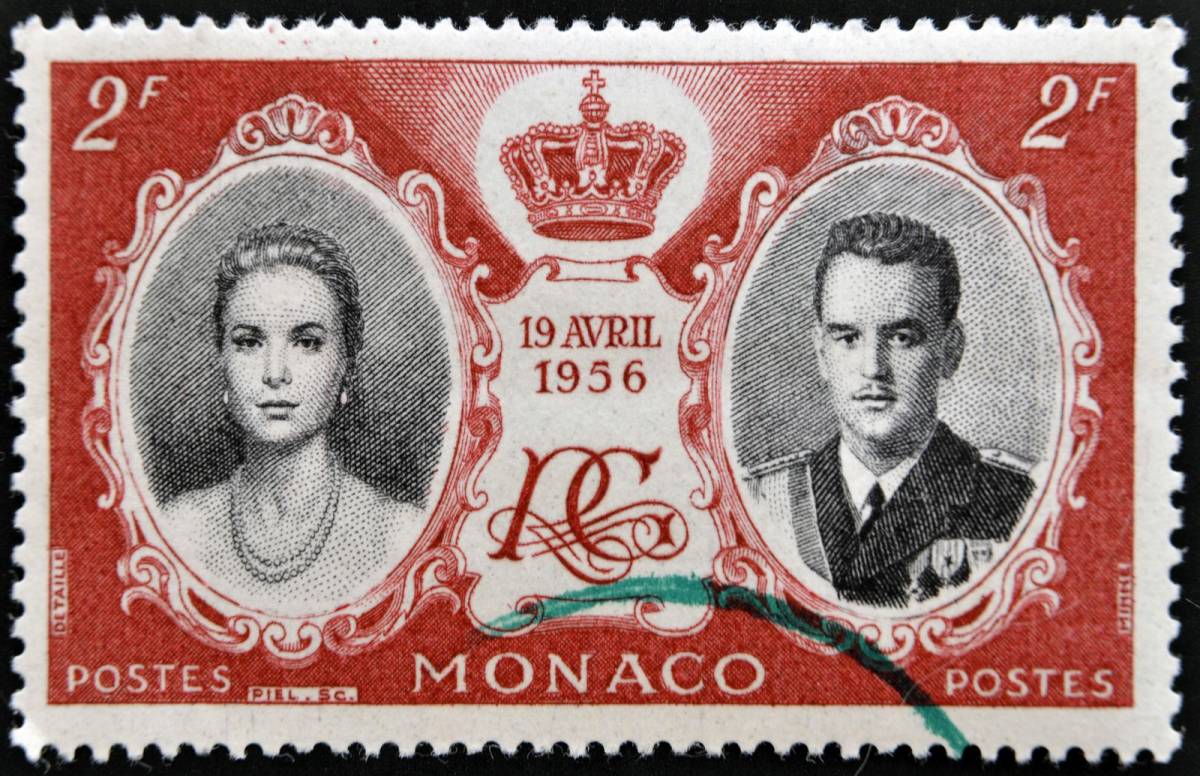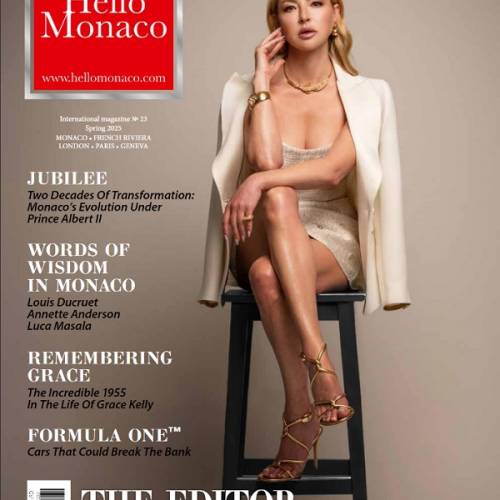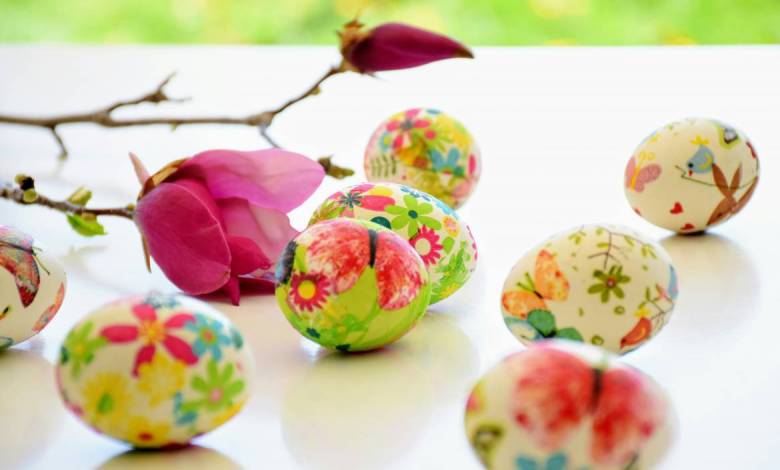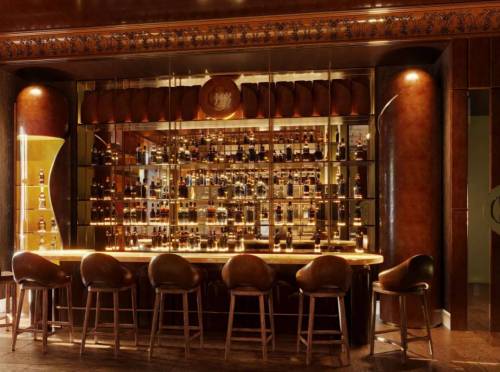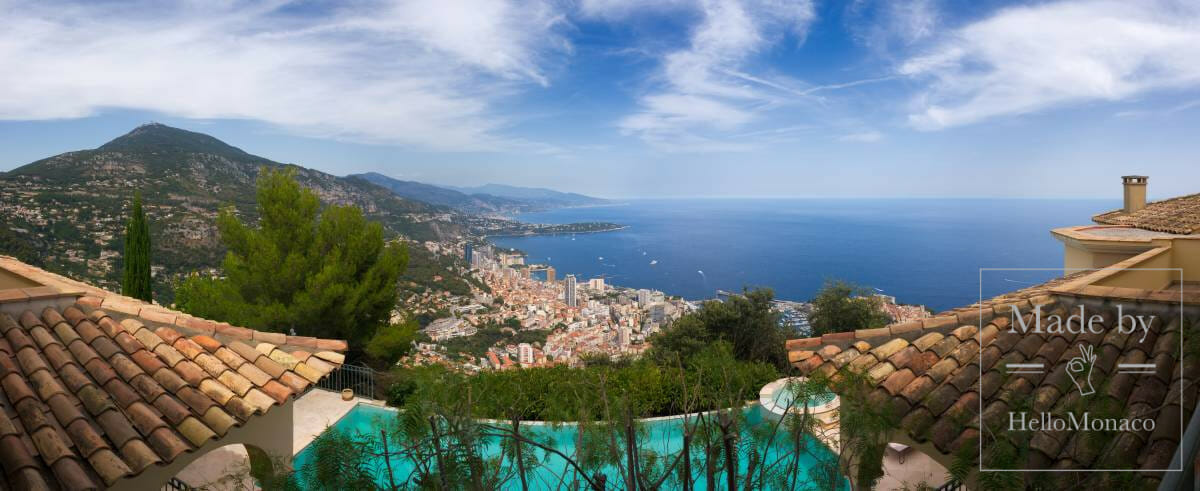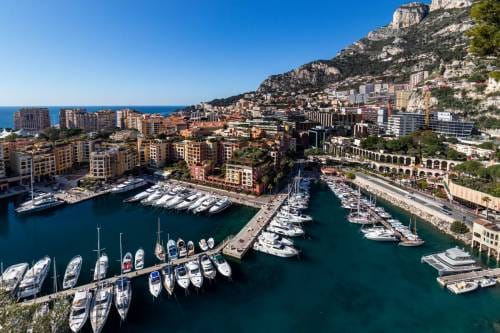Easter in Monaco is a unique blend of Catholic traditions, local customs, and princely splendour. The main Easter celebrations take place at Saint Nicholas Cathedral – the Catholic church of the Principality. Solemn Masses are held here, attended not only by locals but also by tourists from around the world. The highlight is the Grand Easter Mass, which is often graced by the presence of the Princely Family of Monaco. One of the oldest traditions is the Easter procession, during which a parade of banners and candles moves through the main streets of Monte Carlo. This colourful spectacle draws many onlookers and creates a special festive atmosphere.
During the Easter period, traditional markets and fairs are held in Monaco, offering special festive treats such as painted eggs and sweets. Local pastry chefs craft exquisite chocolate creations in the shapes of Easter symbols. Special attention isgiven to children – Easter egg hunts are organised in the principality’s parks especially for them.
Modern Easter traditions in Monaco also include charitable initiatives. Many local organisations collect donations and host festive meals for the less fortunate residents of the Principality.
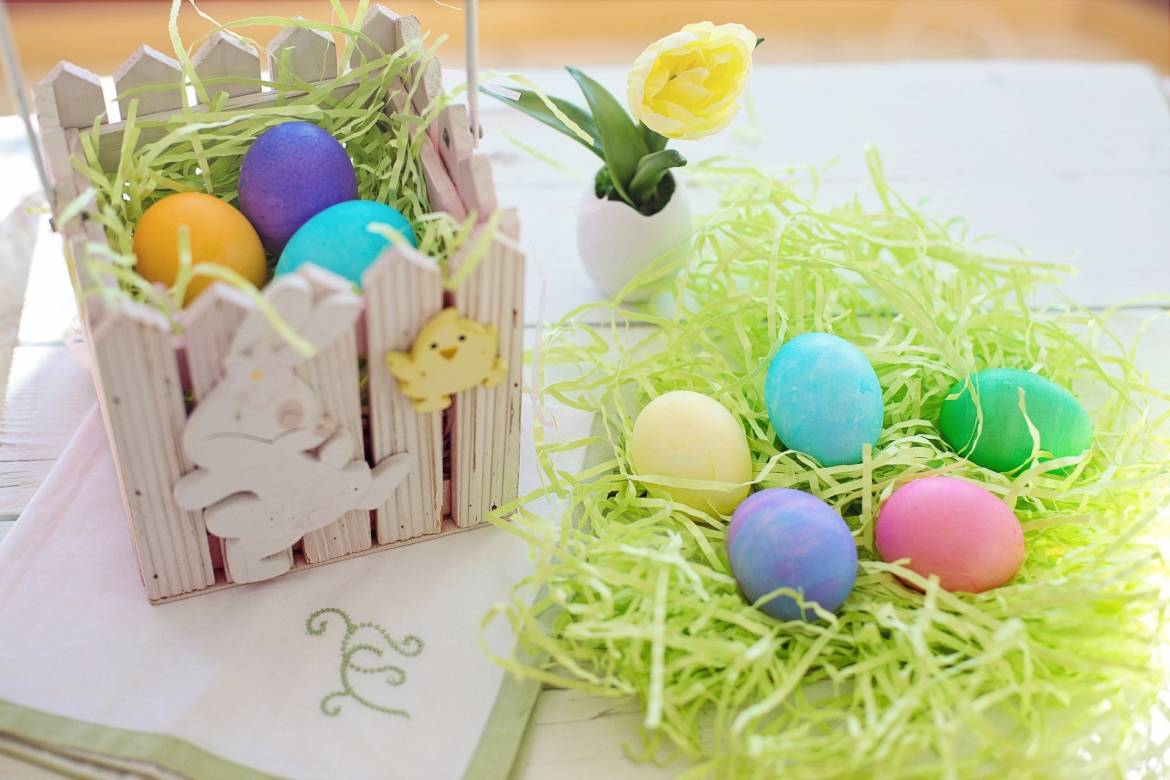
Catholic and Orthodox Easter: Similarities and Differences
Easter is prime among the most important Christian holidays, celebrating the Resurrection of Jesus Christ. This year, Easter is observed globally on 20 April. The date is set as the first Sunday after the first full moon following the spring equinox. Occasionally, Orthodox and Catholic Easter fall on the same date. Despite sharing a common religious foundation, the Catholic and Orthodox churches have significant differences in how they celebrate the occasion.
For 40 days leading up to Easter – known as Lent – Christians prepare for the holiday through prayer, reflection, and personal sacrifices. During this time, believers typically abstain from animal products such as meat, eggs, and dairy. Orthodox Lent is stricter than the Catholic one: Orthodox Christians refrain entirely from animal-based foods, avoid entertainment and alcohol, and even restrict the use of oil on certain days. In the Catholic tradition, meat is avoided only on specific days, and daily life during Lent is less restrictive.
Nevertheless, complete abstinence from eggs is a shared aspect of both traditions. For many years, Easter was known in Western Europe as “Egg Sunday” because it marked the return of eggs to the table, bringing joy after the long period of fasting. Eggs were often sold and gifted in baskets lined with colourful straw to resemble birds’ nests.
In the Orthodox tradition, people bring eggs and traditional Easter bread (kulich) to church to be blessed – a practice not observed in the Catholic Church.
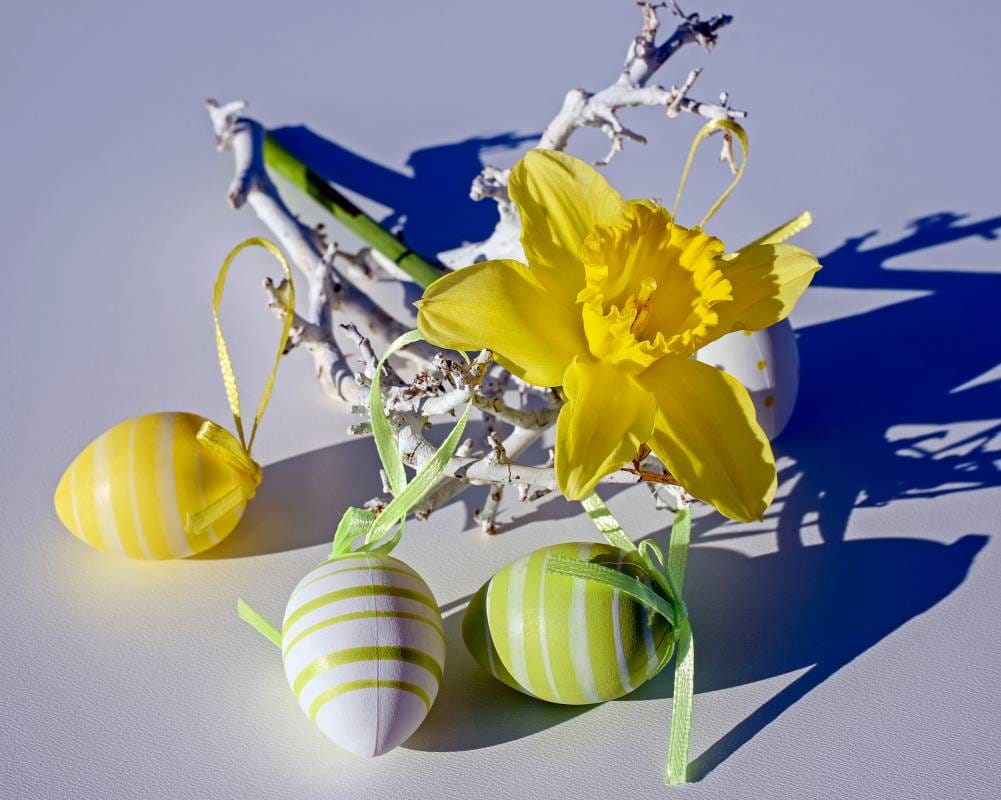
In some Catholic countries, including Belgium and France, it is said that on the evening of Maundy Thursday, church bells fly to Rome to receive a blessing from the Pope, returning on Easter morning to proclaim the Resurrection. Silent during Holy Week to mourn Christ’s death, they ring out joyfully to celebrate his return.
While Easter kulich is the centrepiece of the Orthodox Eastertable, Catholic Easter features a wider variety of baked goods.
In Catholic communities, Easter is not complete without the popular egg hunt, where children search for hidden eggs – a tradition absent in Orthodox celebrations.
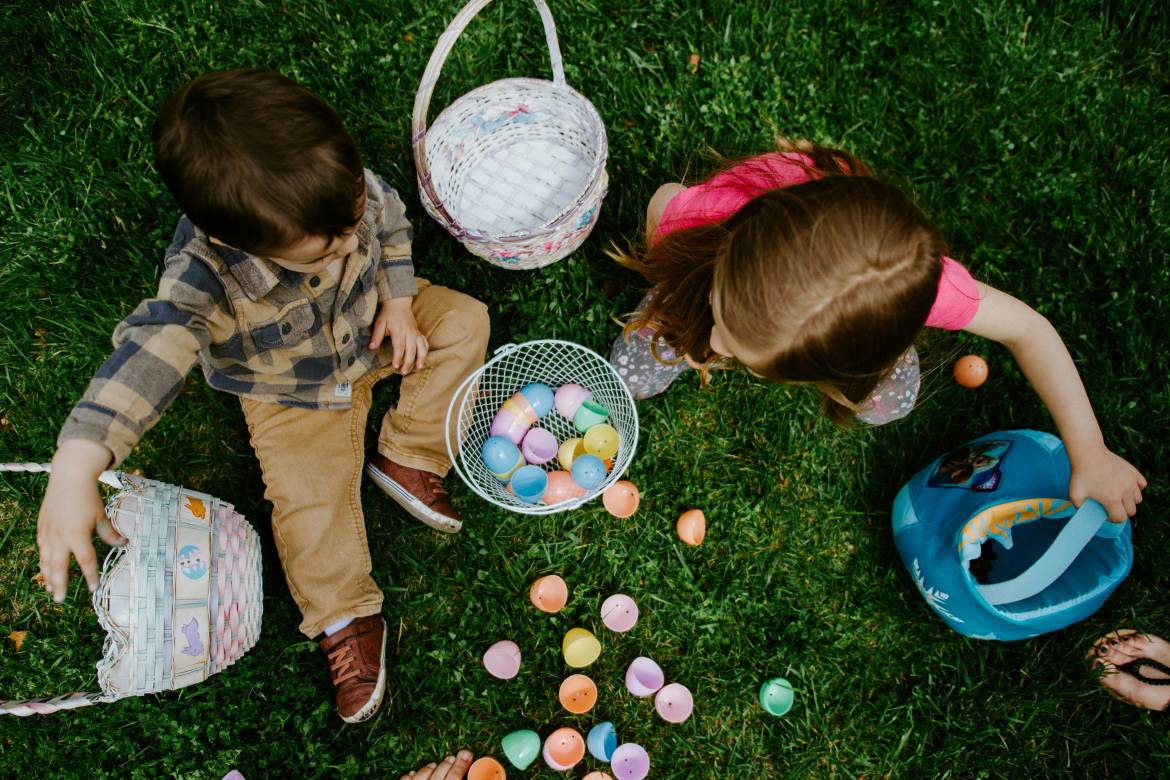
The most significant shared tradition between the two branches of Christianity is the egg. All Christians who celebrate Easter prepare for it by decorating eggs in various colours and presenting them at the festive table. One of the oldest Easter customs, followed by both Catholic and Orthodox believers, is the greeting: “Christ is Risen!” with the response: “Truly, He is Risen !”
Despite the differences in traditions and practices, both Catholic and Orthodox Easter convey the same spiritual meaning – the joy of Christ’s Resurrection and the renewal of spiritual life.
The History of the Chocolate Bunny
In Catholic countries, shops are filled with chocolate rabbits and brightly coloured eggs in the days leading up to Easter. And of course, during the night, the Easter Bunny visits homes to leave baskets full of sweets for children to discover in the morning. But how did sweets, eggs, and the Easter Bunny become part of this Catholic holiday?
The Easter Bunny, as a symbol of fertility and prosperity, became associated with Easter in 16th-century Germany and gradually spread throughout the Catholic world. Some believe the English word “Easter” derives from “Eostre,” a pagan goddess of spring and abundance. According to folklore, Eostre found a bird dying of cold and transformed it into a rabbit so itsfur would keep it warm. However, still partly a bird, the creaturemanaged to lay eggs. In one version of the legend, the rabbitdecorated and gifted the eggs to Eostre as a token of love and devotion. This story may explain how rabbits and eggs becameEaster symbols.
The tradition of chocolate eggs began in the 19th century in France and Germany, soon spreading across Europe and the United States. Children were told to prepare nests from hats or baskets so the Easter Bunny could leave eggs inside.
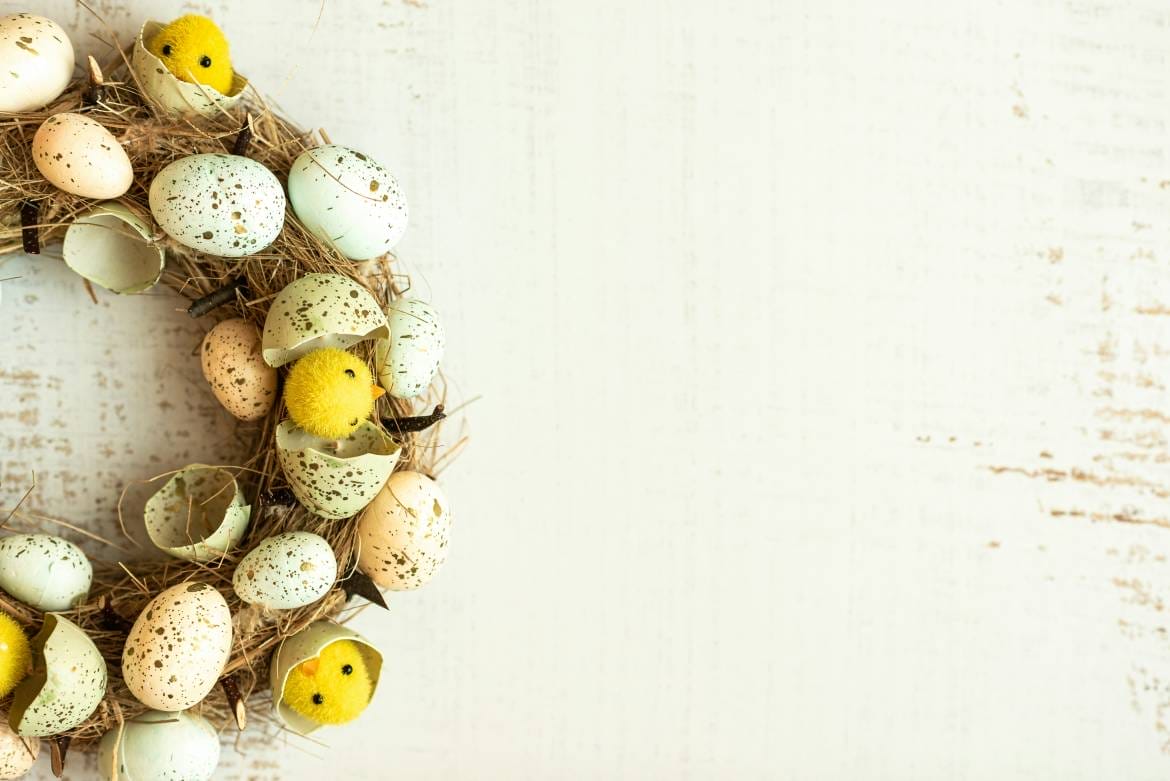
Chocolate likely became part of the tradition because it was alsogiven up during Lent, and after 40 days of restraint, few could resist indulging in sweets once Easter arrived.
Easter in Monaco Through the Centuries
Easter celebrations in Monaco date back to the early days of the Principality’s formation. Alongside Christmas and the feast of Sainte Dévote, Easter is one of the most important religious holidays in Monaco. In earlier times, from Maundy Thursday to Holy Saturday, young people would roam the streets of the Principality with wooden rattles, crying “It’s noon!” to replace the bells that, according to legend, had flown to Rome for the papal blessing.
There was also a local belief that the Fontaine Vieille spring – which gave its name to the Fontvieille district – could cure eye conditions such as ophthalmia. Traditionally, Monegasques used the spring water to wash their eyes during Holy Week, especially on Easter morning, when the bells returning from Rome could be heard ringing.
On 28 March 1869, Easter was celebrated with special grandeur. In honour of the occasion, the then 21-year-old Hereditary Prince Albert I was received in Rome by Pope Pius IX.
This marked the first Easter celebrated after Monaco gainedreligious autonomy on 30 April 1868. Prior to that, the Principality was under the jurisdiction of the dioceses of Nice and Ventimiglia. In 1868, Pope Pius IX granted Monaco religious independence, having previously twice denied the request. He signed a decree establishing the Abbey of Saint Nicholas and Saint Benedict as an “abbey nullius diocesis,” meaning it would report directly to the Holy See.
This was the first step toward the creation of a full-fledged diocese in Monaco in 1887, with the appointment of its first bishop, Monsignor Theuret. Later, Pope John Paul II elevated the Diocese of Monaco to an archdiocese by the bull Apostolicahaec on 30 July 1981.
Today, Monaco’s Easter traditions blend religious rituals with festive secular celebrations in perfect harmony.

Easter in Monaco 2025: Where to Enjoy a Festive Menu
Monaco is renowned for its luxurious Easter traditions, and 2025 will be no exception. Guests will be able to savour special Easter menus at some of Monte-Carlo’s finest restaurants, featuring traditional holiday dishes with a modern twist.
Hôtel de Paris Monte-Carlo
Le Grill
- Special Easter menu created by Chef Dominique Lory
- €275 per adult, €60 for children aged 2–12
- Available for lunch only, on Sunday 20/04 and Monday 21/04
Salle Empire
- Festive buffet brunch with live entertainment and an Easter egg hunt for children
- €340 per person, including half a bottle of wine and mineral water (50% discount for children under 12)
- Available on Sunday 20/04 only
Le Louis XV – Alain Ducasse
- Unique Easter menus crafted by Chef Emmanuel Pilon, featuring natural ingredients
- Four-course Easter menu + cheese and dessert – €420 (excluding drinks)
- Three-course Easter menu + cheese and dessert – €380 (excluding drinks)
- Garden menu – €290 (excluding drinks)• Available for lunch only on Sunday 20/04
- Don’t miss the Easter Colomba di Pasqua by Sandro Micheli – a gourmet treat inspired by Italian traditions, available from 8 to 20 April
Hôtel Hermitage Monte-Carlo
Salle Belle Epoque
- Festive brunch with champagne
- Children’s entertainment and an Easter egg hunt
- €240 per adult, €120 per child
- Available on Sunday 20/04 only
Pavyllon Monte-Carlo
- Parisian-style brunch by Yannick Alléno
- €175 per person, including a glass of champagne
Monte-Carlo Bay Hotel & Resort
- Themed Easter brunch
- Taittinger Champagne
- Children’s entertainment
- €205 per adult, €50–100 per child (depending on age)
- Available on Sunday 20/04 from 12:30
Thermes Marins Monte-Carlo
- Refined three-course menu at L’Hirondelle
- €110 per person (drinks not included)
- Available on Sunday 20/04 and Monday 21/04
Mada One
- Easter treats available for tasting on-site or for takeaway – perfect for sharing with friends
Easter in Monaco is a unique opportunity to experiencecenturies-old traditions while enjoying the beauty of the springtime Principality, its refined cuisine, and cultural highlights.

